Breaking it Down: Lithium Battery Versus Lead Acid - Pros & Cons
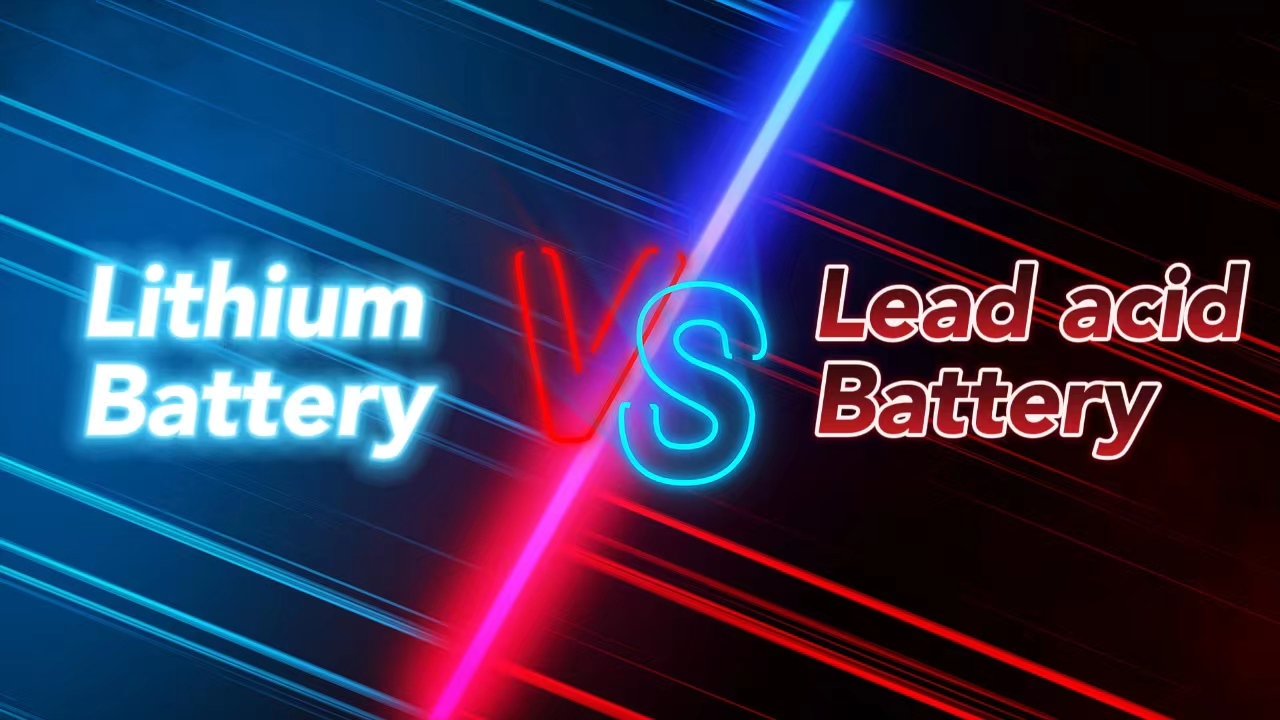
When it comes to battery technology, the lithium-ion vs lead acid debate has been raging for years. With advances in technology and a growing need for power sources that are reliable yet lightweight, these two types of batteries have emerged as frontrunners. But which is better?
In this article, we will explore the pros and cons of both lithium-ion and lead acid batteries so you can make an informed decision when deciding on your energy needs. We'll look at performance, safety, cost, maintenance and more factors that should be taken into consideration when selecting the best option for your particular application.
We all want control over our lives - no one wants to be stuck with a bad choice. but make sure you get the right battery requires careful research and analysis. So let's take a closer look at what each type has to offer and why they might be suitable solutions for your needs!
Definition Of Lithium Batteries
The battery world has been revolutionized with the introduction of lithium batteries. These power sources have come a long way in providing more efficient and lighter energy solutions for both industrial and consumer applications. Let's take an up-close look at the different types of lithium batteries, their advantages, and their drawbacks.
Lithium-ion (Li-Ion) is the most commonly used type of lithium battery due to its high energy density, low self-discharge rate, and no memory effect. Li-Ion can be found powering cell phones, laptops, electric vehicles, cameras, and many other devices as they deliver relatively constant voltage even when under heavy load and during discharge cycles. However, these cells require protection circuits on board which add to cost and weight while some may contain toxic metals that need proper disposal.
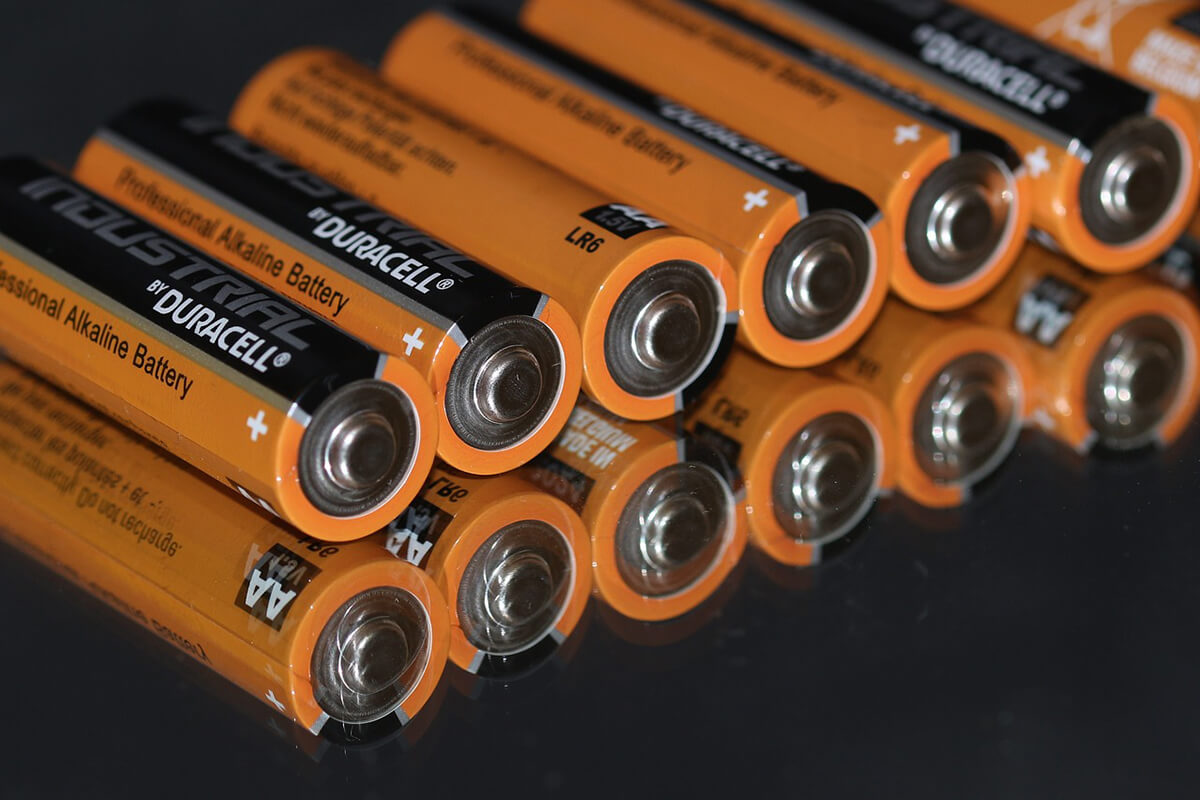
Alternatively, Lithium-Polymer (LiPo) offers great flexibility in design because it doesn't feature any metal components as Li-Ion does but instead uses nonmetallic materials such as polymers or gel electrolytes. Furthermore, LiPo cells have very low internal resistance combined with higher capacity than Li-Ion making them suitable for use in remote control models or drones where lightness is paramount. On the downside, though they tend to be quite costly compared to other chemistries plus safety concerns might arise if mishandled.
Finally, there are several special types of lithium batteries such as Lithium Iron Phosphate (LiFePO4), Lithium Thionyl Chloride (LiSOCl2), and Lithium Manganese Oxide (LiMnO2); each having its own set of pros and cons depending on application requirements. With this wide selection available today choosing one can seem daunting yet understanding exactly how each work could not only help you make better decisions but also lead to improved performance from your system overall.
Learn More Top Questions About Lithium Batteries!
Definition Of Lead Acid Batteries
Lead acid batteries are an essential source of power in the modern world. They date back to 1859 when they were first developed by French physicist Gaston Planté and continue to be used today for everything from powering cars, aircraft, boats, and industrial machines. The lead acid battery has become a staple due to its reliable performance, cost-effectiveness, durability, and easy availability.
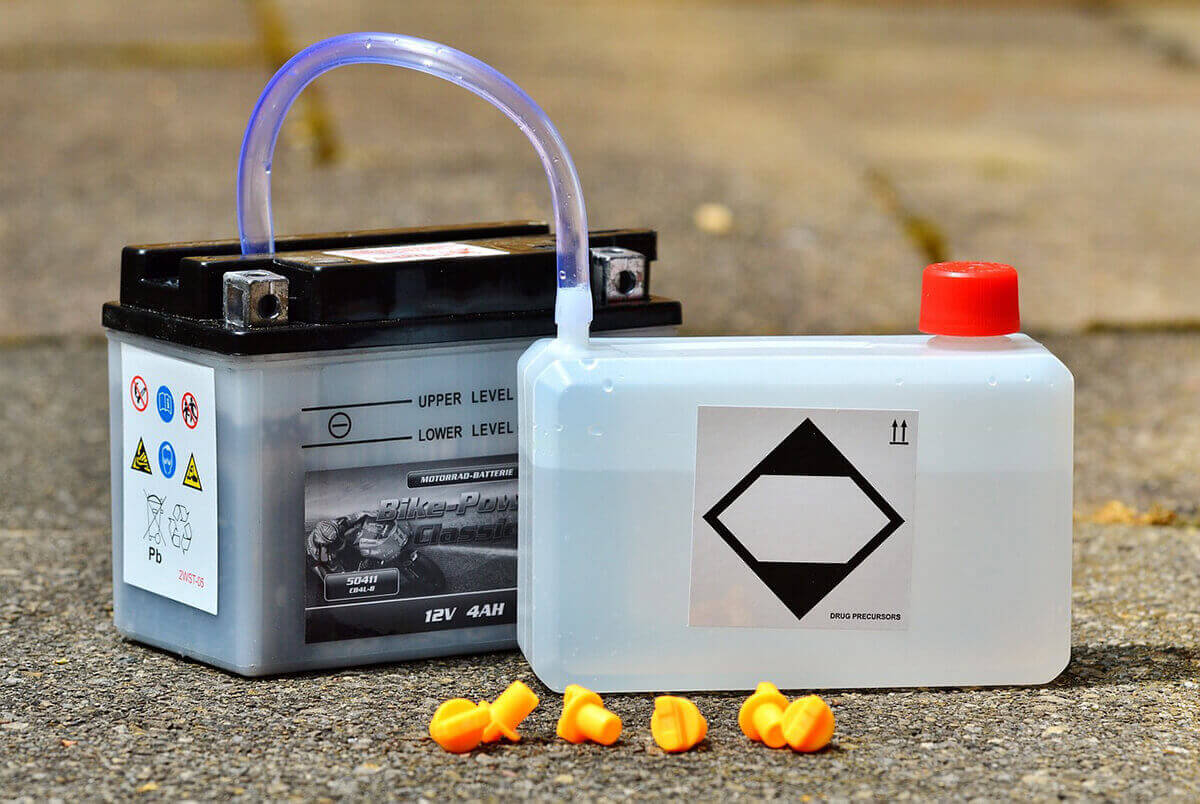
To understand what makes it such a popular choice for energy storage solutions across many industries, let’s look at the definition of a lead acid battery as well as its chemistry and components:
(1) Lead Acid Definition
A lead acid battery is an electrochemical device that stores electricity through chemical reactions between two electrodes (lead and lead dioxide) immersed in a sulfuric acid electrolyte solution. It is commonly made up of multiple cells connected together in series or parallel configurations based on usage requirements.
(2) Lead Acid Chemistry
The internal reaction taking place inside each cell involves the oxidation of lead (Pb) into PbO2 which generates electrons that travel around the system until reaching their intended destination; thus supplying power where needed. In order to ensure this process continues uninterrupted while maintaining optimal efficiency levels, there needs to be enough active material present within each cell so that no “hot spots" develop during operation. This is why periodic maintenance checks need to be performed on these batteries since over time accumulated deposits can interfere with their ability to store/release energy effectively.
(3) Lead Acid Components & Characteristics
Each lead acid battery consists of several key parts including negative plates composed primarily out of spongy lead or alloyed grids filled with a paste containing both active materials (oxidized and reduced forms), separators made out of thin glass fiber mats soaked in the electrolyte solution that help keep the positive and negative plates apart but still conductive enough so current flows unimpeded throughout all cells simultaneously; plus terminals designed specifically according to application type that facilitates connection points when connecting them together in circuits or other devices requiring electrical input/output signals.
Finally, these systems also feature covers designed as non-removable sealed units or vented models equipped with safety vents, allowing any overpressure generated during charging cycles to escape without risk of damage or injury.
Lithium Battery Versus Lead Acid
(1) Capacity And Weight Comparison

Now that we have a better understanding of lead acid batteries, let’s look at the capacity and weight comparison for lithium vs. lead acid batteries.
When it comes to capacity, lithium batteries are often considered more powerful than their lead-acid counterparts in terms of energy density they can store much more power per unit weight than traditional models. This makes them ideal for applications where high levels of performance or long run times are required without increasing battery size and weight.
As far as weight goes, lithium batteries tend to be lighter compared to lead-acid batteries with similar capacities. For example, a 100Ah Lithium Iron Phosphate (LiFePO4) battery may weigh only around 25 lbs while providing higher amperage capabilities than its traditional counterpart which could weigh up to 80 lbs for the same amount of amp hours.
Overall, when looking at the pros and cons of these two types of batteries, it is clear that lithium technology offers advantages in terms of both capacity and weight over conventional lead-acid designs. Not only do you get improved performance from your system but also a significantly reduced overall bulkiness due to the compact design offered by LiFePO4 cells. All this leads to greater flexibility in applications such as solar energy storage systems or electric vehicle conversions where space is limited but heavy-duty performance still needs to be achieved.
(2) Recharge Time Comparison
Time is money, and when it comes to the recharge time of lithium batteries versus lead acid batteries, you'll have to decide which one will save you more. Lithium-ion battery technology has revolutionized this space by offering a fast recharge time that can't be matched by lead acid. With its low self-discharge rate and no memory effect, Li-ion batteries can go from empty to full in just minutes or even seconds compared to hours for lead acid.
Lead acid batteries are still commonly used due to their affordability but they come with much slower recharge times; a few hours at least depending on the size of the battery. This means if your power runs out unexpectedly, you won't get back up and running as quickly as possible using lead acid technology.
When considering what type of battery technology is best suited for your needs, keep in mind how long it takes to recharge them. If speed is an issue then without doubt lithium-ion should be your choice - not only does it offer faster recharging times but also longer lifecycles and greater energy density than traditional lead acid models.
(3) Maintenance Costs Comparison

When comparing lithium batteries vs lead acid, maintenance costs should be taken into account. Maintenance expenses are an important factor when considering which type of battery to buy. Fortunately, both types of batteries offer great savings in the long run.
The first cost difference between lithium and lead acid is the service cost. Lithium batteries require less frequent servicing compared to their lead-acid counterparts due to the fact that they don’t suffer from sulfation or corrosion issues like a traditional lead-acid battery does over time. This translates into fewer trips for repair or replacement, resulting in lower upkeep costs overall.
For lifetime costs comparison, it's worth noting that although initial prices can vary quite significantly between brands and models, most lead-acid batteries have shorter lifespans than their modern lithium counterparts. That means you'll need more replacements over time with a lead-acid system than with a comparable lithium setup resulting in higher maintenance expenses in the long term.
So while upfront costs may appear cheaper on paper for traditional systems, you're likely to spend more money on repairs and replacements as time goes by if you opt for this option instead of investing in a quality lithium battery with longer life expectancy and better performance no matter what your application is!
(4) Temperature Adaptability Comparison

The previous section discussed the maintenance costs associated with lithium batteries and lead acid batteries. Now let's take a look at how these two types of battery technology compare when it comes to temperature adaptability.
When operating in cold temperatures, lithium-ion cells have been found to operate better than lead acid batteries as they are able to maintain their voltage levels even at low temperatures. On the other hand, lead acid batteries perform poorly in colder weather due to their lower capacity and require more frequent charging in such environments. This means that lithium-ion is the obvious choice for those who live or work in cooler climates.
In contrast, Lithium-ion cells offer greater heat tolerance compared to lead acid counterparts which can suffer from thermal instability if exposed to high temperatures over an extended period of time. This makes them ideal for use in hotter climates where sustained periods of intense heat occur regularly. Furthermore, lithium ion batteries also display higher temperature resistance providing additional protection against extreme temperatures without suffering any damage or loss of performance.
Overall, when considering temperature conditions, lithium-ion offers superior temperature adaptability across both hot and cold environments making it a reliable energy source regardless of climate changes. They provide increased safety against sudden fluctuations while keeping up with user demands no matter what environment they are placed into.
(5) Disposal Considerations
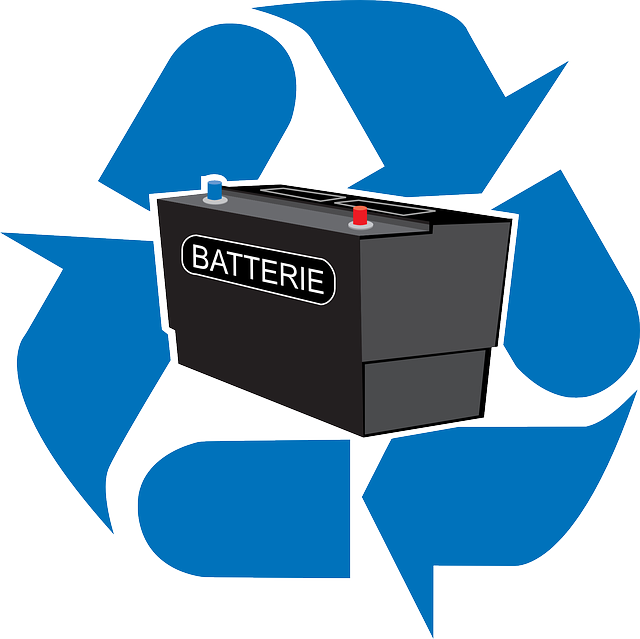
When it comes to disposing of batteries, lithium and lead acid have very different considerations. Disposal regulations for these types vary significantly due to the hazardous materials contained within them.
Lead Acid batteries must be recycled in order to comply with disposal regulations. Proper recycling methods are necessary as Lead Acid batteries contain sulphuric acid which can release hazardous substances into the environment if not managed properly. Most municipalities offer battery recycling programs that allow consumers to bring spent Lead Acid batteries to a designated collection point or transfer station.
Lithium ion batteries, on the other hand, are considered Hazardous Waste (HAZWASTE) after they’re no longer usable. Consumers must carefully follow HAZWASTE disposal guidelines when discarding lithium ion cells and packs. As an alternative solution, many lithium tbattery manufacturers in china offer take-back programs where customers can return their used lithium ion cells and packs directly to the manufacturer or dealer for proper disposal at no cost.
It is important for all end users of both Lead Acid and Lithium Ion battery technologies to understand their local laws regarding battery disposal before attempting any type of disposal method themselves. Battery waste management should always adhere to industry standards set by respected organizations such as the International Association of Electrical Inspectors (IAEI). Taking this precaution will ensure that our environment is kept safe from hazardous materials released during improper handling processes.
(6) Environmental Impact Considerations
The environmental impact of lithium-ion batteries and lead acid batteries has been a hot topic in the battery technology industry. From concerns over pollution levels to sustainability, let’s take an in-depth look at how these two technologies compare when it comes to their respective carbon footprints.
| Lithium-Ion Batteries | Lead Acid Batteries |
|---|---|
| Low Pollution Levels | High Pollution Levels |
| Longer Life Cycle | Shorter Life Cycle |
| Lightweight | Heavy |
When it comes to pollution generated during the production process, lithium-ion batteries are much cleaner than lead acid alternatives. This is due to the fact that no toxic gasses are released into the atmosphere during manufacturing or use; this makes them more suitable for green energy solutions. Additionally, lithium-ion batteries typically have a longer life cycle as well, meaning they can be used for extended periods of time without needing frequent replacements reducing your need for new resources each year and helping shrink your carbon footprint further.
Lead acid batteries on the other hand require large amounts of sulfuric acid during production which releases hazardous fumes into the air, resulting in higher levels of pollution overall. They also tend to be heavier and have shorter lifespans than their lithium counterparts, making them less sustainable options compared to those utilizing Li-ion cells. Furthermore, disposing of these types of batteries requires special handling due to their chemical makeup - adding additional costs to consumers who may not have considered this factor prior to purchase.

Overall, with regard to environmental impacts, both technologies present unique advantages and disadvantages depending on one's needs and goals. While lithium-ion-powered solutions may offer lower carbon emissions throughout their lifespan if properly managed correctly, lead acid still remains a cost-effective option for some applications despite its greater polluting potentials. Ultimately it will come down to user preference whether choosing between these two major players in the battery market today.
(7) Storage Requirements
When discussing the differences between lithium and lead acid batteries, storage requirements are an important factor to consider. The type of battery you choose will determine where it is stored and how long it can be stored for without losing performance.
Lead acid batteries require specific conditions in order to store them correctly. Generally speaking, these batteries should be kept at room temperature or slightly below; temperatures above 25°C (77°F) reduce the lifespan significantly. In addition, they must be stored with a full charge as this prevents sulfation - a condition caused by storing partially depleted cells that ultimately reduces capacity and increases the self-discharge rate. It is also important that lead acid batteries are not exposed to direct sunlight or extreme weather changes during storage.
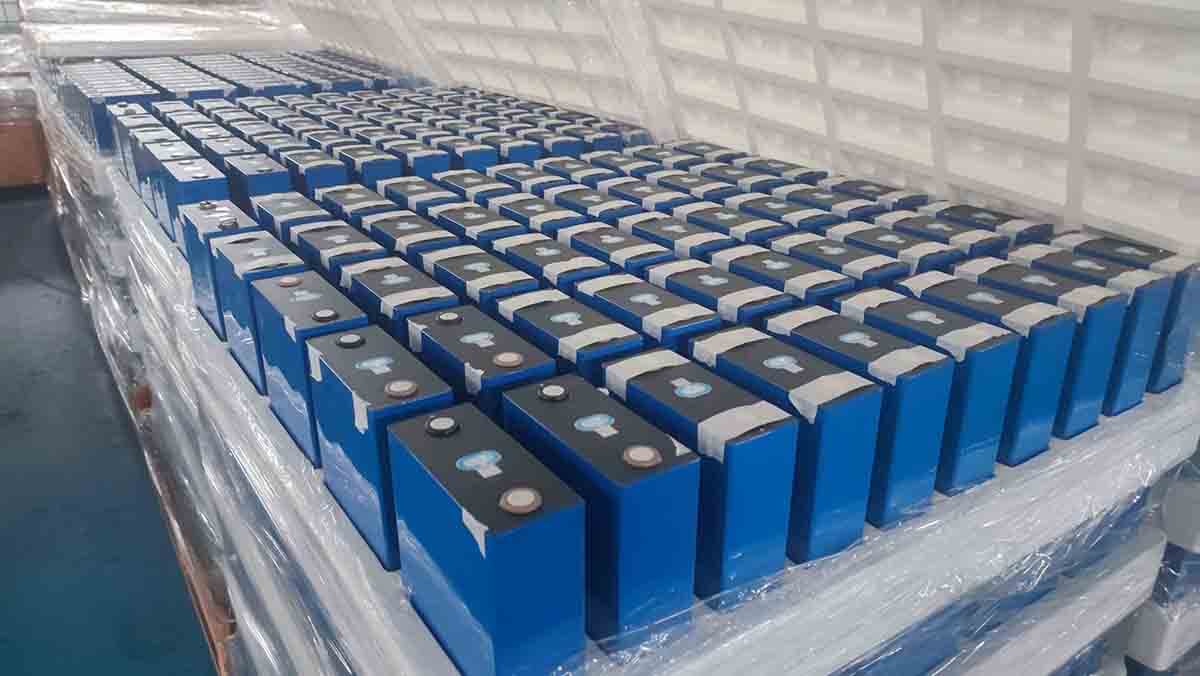
Lithium ion batteries on the other hand have far fewer restrictions when it comes to storage requirements. These types of cells can discharge up to 20% per month while sitting idle so careful consideration should be taken regarding storage location and duration if maximum performance is desired upon use. Although there are no strict rules about where these cells should be stored, it's important to ensure that extremes such as heat, cold, humidity and dust do not affect their performance over time.
Overall, both lithium ion and lead acid batteries come with different sets of parameters for proper storage. Depending on your needs, one may suit you better than the other due to its associated requirements. Carefully evaluate all factors when deciding which technology best fits your particular application.
(8) Safety Considerations
Having discussed the storage requirements for lithium and lead acid batteries, let us now explore safety considerations. It is of paramount importance to be mindful of these factors when making a decision on which battery type to use.
Lithium-ion batteries are considered safer than other types due to their lower risk of explosion or overheating. This makes them an attractive option as they can provide long-term reliability in terms of performance and durability. However, there have been reports of lithium batteries catching fire if damaged or overcharged, so it’s important to take steps to reduce the potential risks associated with using this technology. For example, always follow lithium battery manufacturer instructions carefully when charging and discharging your device. Additionally, check that any devices you purchase with a built-in lithium ion battery comply with relevant safety standards (e.g., UL1642).
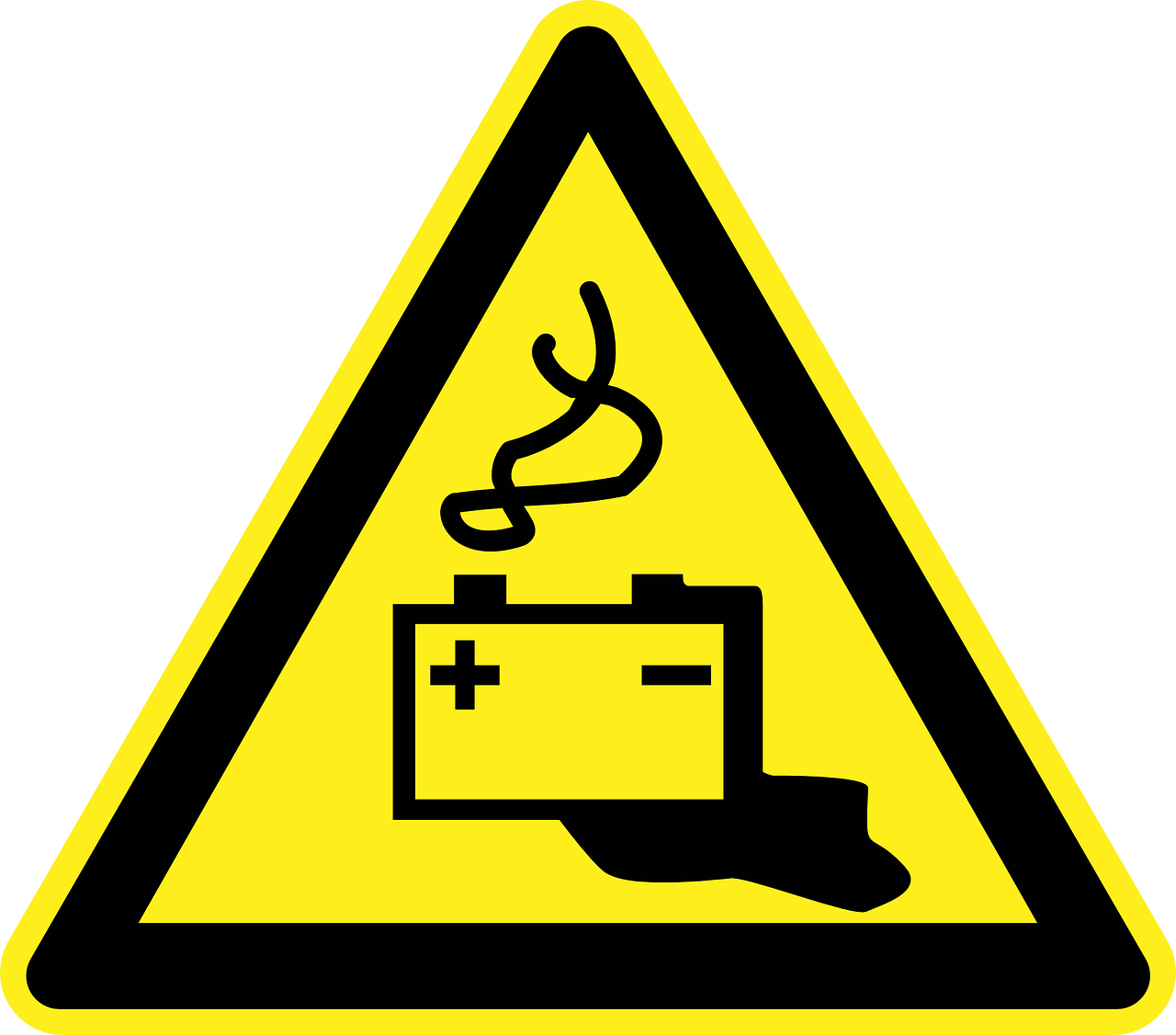
Lead acid batteries also come with certain inherent safety concerns such as an increased risk of explosions from short circuits, corrosion issues caused by sulfuric acid leakage, and even electric shock hazards due to poor insulation between cells. As such, careful attention should be paid during maintenance and regular inspections should be conducted to ensure proper function and preventative measures taken against hazards related to lead acid battery operation. Furthermore, it’s essential that only trained personnel handle lead acid batteries in order to minimize the chances of accidents occurring. (Related Reading: Can Lithium Ion Batteries Leak?)
In sum then, both lithium and lead acid battery technologies pose unique challenges in terms of safety factors that must be accounted for prior to utilization in any application requiring energy storage capabilities. Mitigating potential risks posed by either solution requires proactive planning on behalf of end users who must remain vigilant when handling them effectively while adhering strictly to all recommended guidelines provided by manufacturers.
(9) Applications For Lithium And Lead Acid Batteries
Lithium and lead acid batteries have many uses in a variety of applications. Lithium batteries are typically used for high-power, short-term applications such as powering electric vehicles or providing large bursts of energy for industrial processes. They can also be used to store energy from renewable sources like solar or wind power, making them ideal candidates for green energy projects. Lead acid batteries, on the other hand, are better suited to lower-power, longer-duration applications because they provide steady current over extended periods of time. This makes them perfect solutions for leisure battery packs and backup generators.

Regardless of the application, both lithium and lead-acid batteries can provide reliable performance and long life cycles, but in general, lithium batteries offer lower maintenance costs, better performance, and longer life cycles.. When it comes to selecting the right type of battery for your project, consider factors like cost, expected service life and environmental footprint before deciding which option is best for you. Additionally, due to their ability to store large amounts of energy for long durations of time, these types of batteries can serve as valuable sources of power when no other source is available.
When choosing lithium batteries or lead acid batteries for an application, be sure to weigh all important considerations carefully so that you make the most informed decision possible about your choice of power source or energy storage device.
(10) Cost Comparison
The cost comparison between lithium batteries and lead acid ones can be determined by a variety of factors. For starters, the up-front price difference is significant enough to make most people take notice. Lithium batteries tend to have significantly higher initial costs than their lead acid counterparts; however, they are often much more cost-efficient in the long run due to their impressive lifespan and ability to hold a charge.
In terms of cost-effectiveness, lithium batteries come out on top as well. Not only do they require less maintenance over time, but they also don't need frequent replacements like regular lead acid models do. This makes them an attractive option for those who want maximum value from each battery purchase.
Finally, when looking at overall cost savings, it’s clear that going with a lithium option is usually the wiser choice - particularly if you’re working with any kind of renewable energy setup. The longer life span helps offset the larger upfront investment so that your wallet will thank you down the road!
Availability Of Replacement Parts

Now that we’ve compared the cost of lithium batteries versus lead acid ones, let's look at the availability of replacement parts. Believe it or not, there are over 70 million vehicles worldwide with a lead-acid battery power source! This means that lead-acid battery parts are easily accessible and widely available for repair and replacement. On the other hand, lithium battery components are still relatively new to the market, making them much harder to come by.
The good news is that as more manufacturers invest in lithium technology, this situation should improve over time. With regards to finding replacement parts quickly when needed, however, it's clear that right now lead-acid batteries have an advantage over their newer counterparts but only just. It can be tricky to track down specific components for both types of batteries; so if you're looking for a reliable source of either lithium or lead acid battery replacements you'll need to do some research first.
When making your decision about which type of battery will best suit your needs, don't forget to take into account the availability of spare parts too while Lithium may offer superior performance overall in comparison to Lead Acid models, it pays to consider how easy it would be if something were to go wrong and you had no choice but to replace a part!
Alternatives To Lithium And Lead Acid Batteries
We all know that lithium and lead acid batteries have their pros and cons, but let's not forget about the alternatives. From nickel-metal-hydride to sodium-sulfur - there is no shortage of options for battery power. Flow batteries are a popular choice due to their high energy density and low cost. Zinc-air batteries offer an environmentally friendly option with long life cycles. And if you're looking for something even more unique, then saltwater batteries could be your pick! These liquid electrolyte solutions provide efficient charging and discharging while keeping costs down.
No matter what type of battery you choose, it's important to find one that meets your needs in terms of safety, performance, durability, and affordability. With so many different types of alternative batteries available on the market today, you can rest assured knowing that whatever solution you decide upon will get the job done - without breaking the bank or sacrificing quality.
Conclusion

In conclusion, lithium battery and lead acid batteries both have their place in the world of energy storage. Both offer advantages for certain applications that render them far better than any other option. With such a wide variety of options available to consumers, it is important to weigh the pros and cons before making a decision on which type of battery best fits your needs.
Lithium batteries are lightweight and powerful, allowing you to store more energy while carrying less weight. Their quick recharge time makes them ideal for situations where speed is key or when power must be quickly restored after an outage. Additionally, they require very little maintenance and no replacement parts. The only downside here could be costly as lithium batteries can often be pricier than traditional lead-acid alternatives.
Lead acid batteries may not come with all the bells and whistles that lithium has but they still provide reliable service at a fraction of the cost. Maintenance costs are also low due to their design, though spare parts may need to be replaced from time to time depending on use. Recharge times may take longer compared to its modern competitor but there’s no denying how well these workhorses perform even under heavy load demands.
The choice between lithium battery and lead acid depends largely on what application you need it for, so make sure you assess each carefully before settling on one over another!
